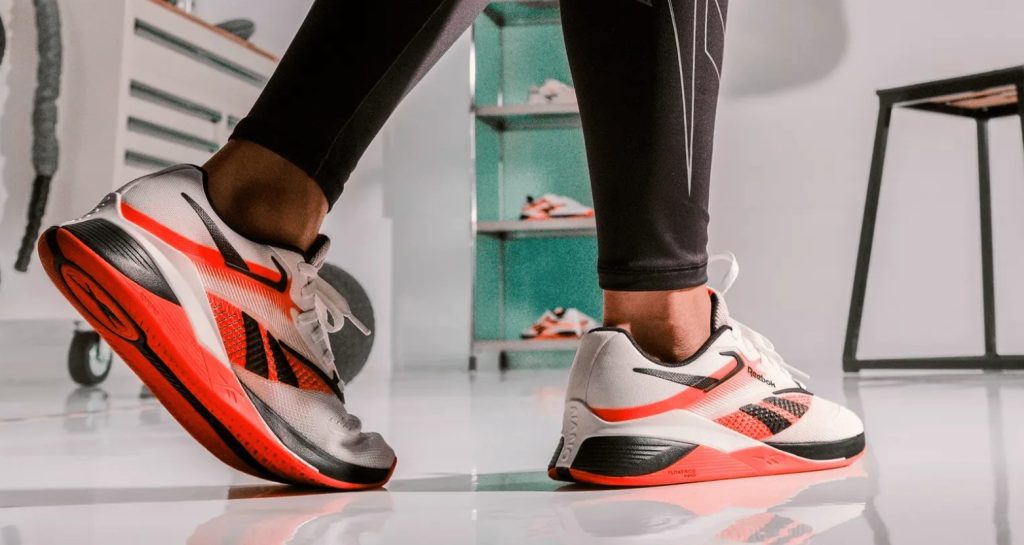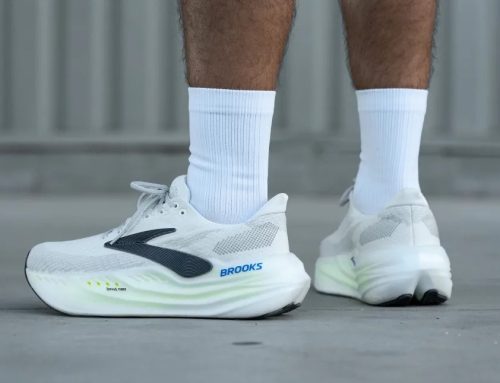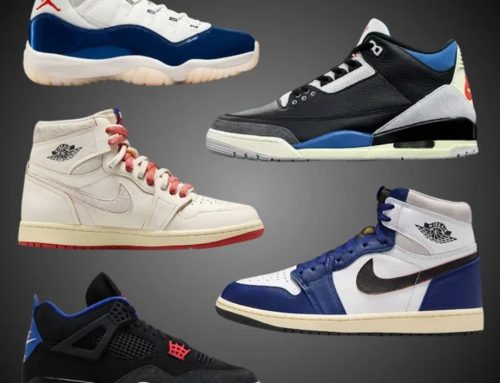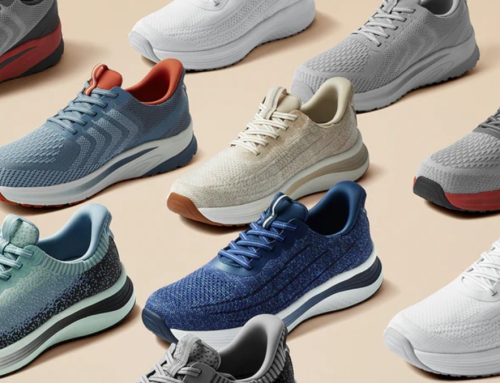Finding the best cross training sneakers is a game-changer for your fitness journey. Whether you’re tackling box jumps, hitting personal bests in deadlifts, or powering through high-intensity intervals, the right pair provides the perfect blend of stability, cushioning, and versatility. Unlike specialized running or weightlifting shoes, cross trainers are engineered to handle the diverse demands of modern workouts, making them essential for peak performance and injury prevention.
After rigorously testing dozens of models from leading brands, I’ve identified the top performers that truly deliver. This ultimate guide will help you choose the ideal cross training shoes for your needs, from budget-friendly options to premium models packed with cutting-edge technology.
Detailed Reviews: 5 Best Cross Training Sneakers That Actually Deliver
Ready for an in-depth look? Let’s dive into the specifics of each top pick, detailing their features, performance, and who they’re best suited for. This section will help you understand what makes each shoe stand out in its category.
Nike Metcon 9 – Best Overall Cross Training Sneaker
Price: $150 | Weight: 13.3 oz (378g) | Drop: 4mm
The Nike Metcon 9 represents the pinnacle of cross training footwear design. After putting these through months of testing across CrossFit WODs, strength sessions, and HIIT workouts, I’m convinced this is the most well-rounded cross trainer on the market.
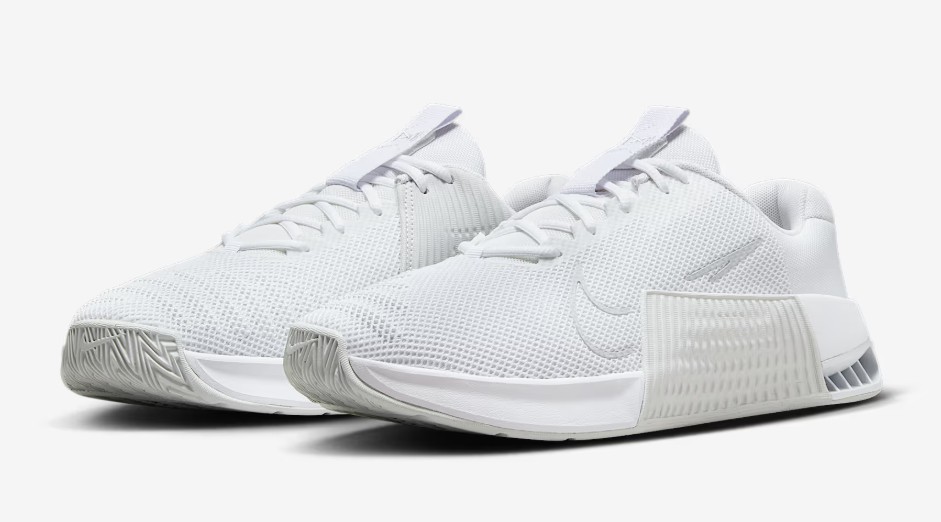
Key Specifications:
- Heel Stack: 21.5mm
- Forefoot Stack: 16.0mm
- Midsole Width: 116.9mm (forefoot), 95.0mm (heel)
- Torsional Rigidity: 5/5 (extremely stable)

Advanced Features:
- Dual-Density Midsole: Combines firm 32.3 HA carrier foam for lifting stability with softer 22.0 HA top layer for impact protection
- Enhanced Hyperlift Plates: Enlarged heel inserts provide weightlifting shoe-like stability
- Reinforced Rope Guard: Cross-stitch mesh upper with protective rubber overlay for rope climbs
- Wider Toe Box: Improved design allows natural toe splay during heavy lifts
Available Colorways: Light Lemon Twist/Black, Astronomy Blue/Black/Hyper Crimson, White/Deep Royal Blue, Saturn Gold/Bronzine, and 20+ additional options across men’s and women’s lines.
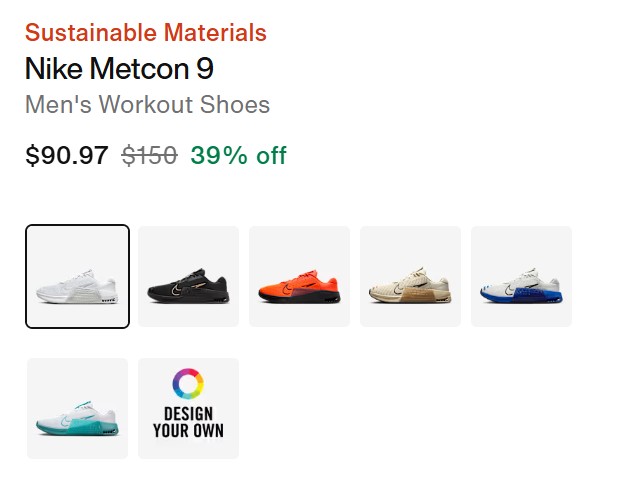
Sizing Guide: True to size, available in US men’s 6-15, women’s 5-12
Pros:
- ✅ Exceptional stability for heavy lifting (tested up to 515+ lbs)
- ✅ Versatile enough for dynamic movements and short runs
- ✅ Superior durability with reinforced high-wear areas
- ✅ Accommodates wider feet better than previous generations
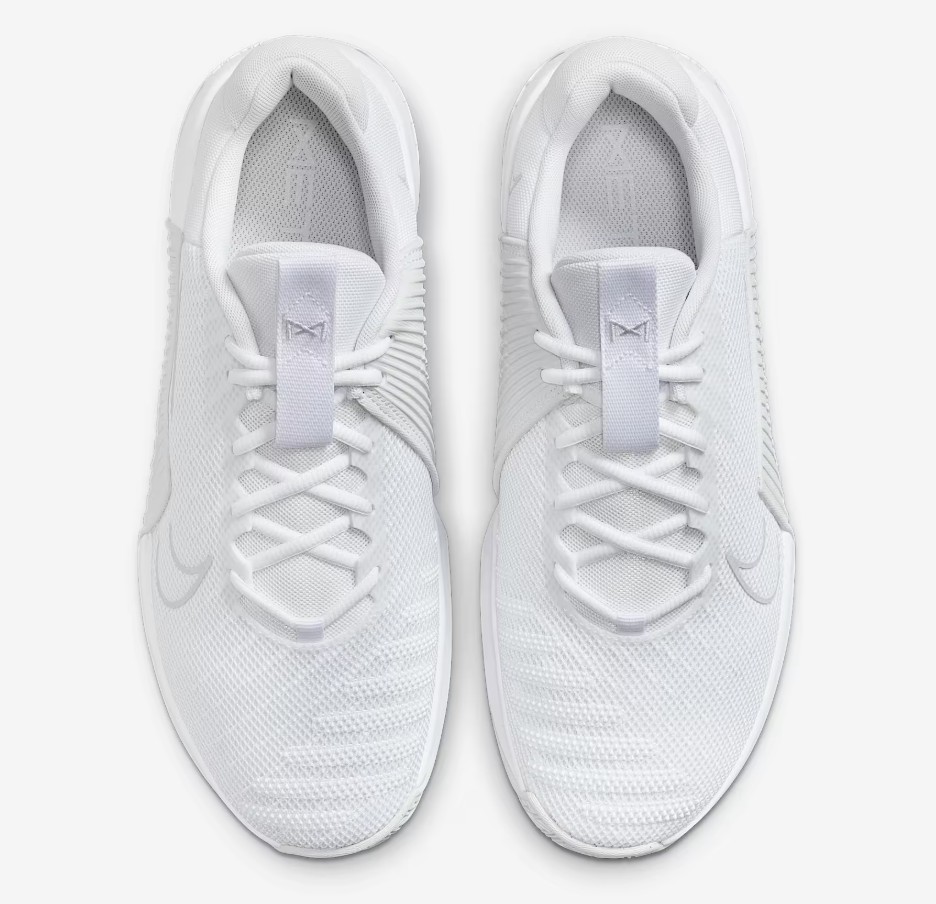
Cons:
- ❌ 23.9% heavier than average cross trainers
- ❌ Limited breathability during extended cardio sessions
- ❌ Premium price point may deter budget-conscious buyers
Nike MC Trainer 3 – Best Value Cross Training Sneaker
Price: $80 | Weight: 10.4 oz (296g) | Drop: 8.8mm
Don’t let the budget-friendly price fool you—the MC Trainer 3 delivers performance that rivals shoes costing twice as much. I’ve been consistently impressed by how this shoe handles both lifting sessions and high-intensity workouts without any significant compromises.
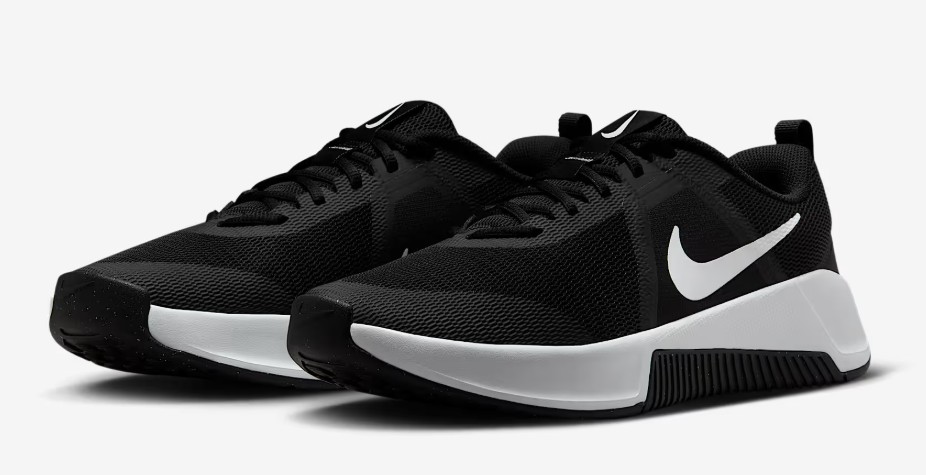
Key Specifications:
- Heel Stack: 30.6mm
- Forefoot Stack: 21.8mm
- Midsole Softness: 24.1 HA (13.3% softer than average)
- Toebox Width: 106.9mm (accommodating for most foot shapes)
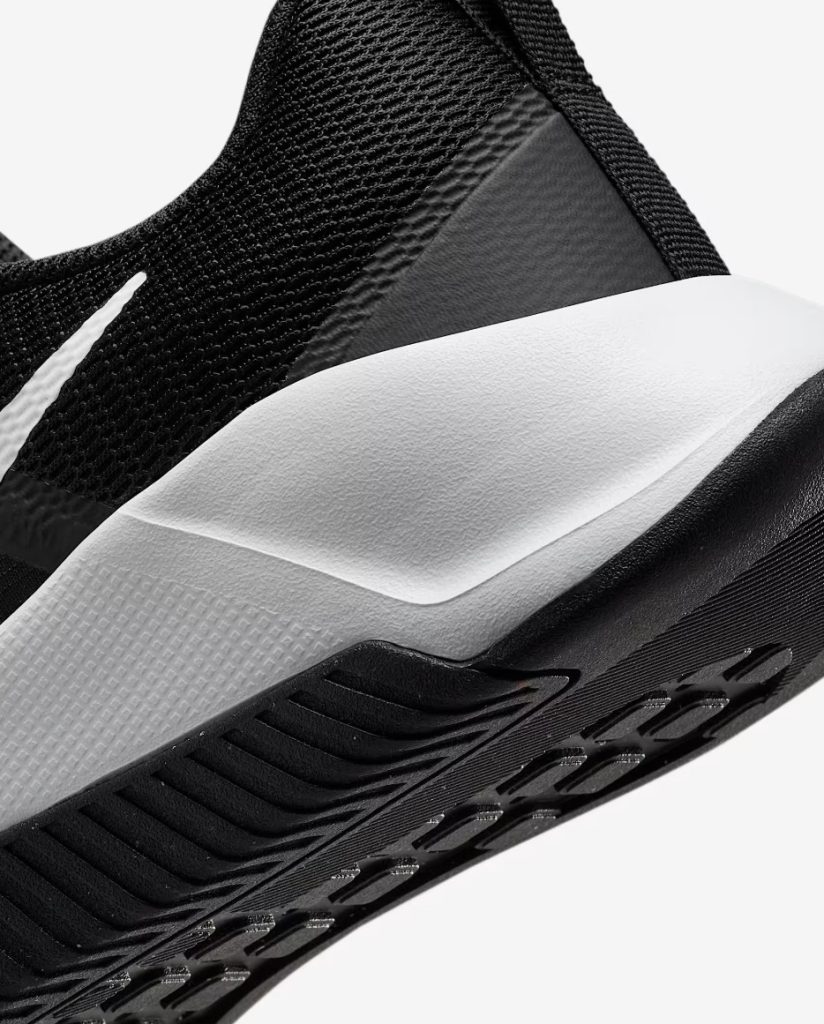
Standout Features:
- Improved Heel Design: Upgraded from the problematic MC Trainer 2 with better bevel for natural movement
- Deep Flex Grooves: Strategically placed outsole cuts enable natural foot flexion during dynamic movements
- Cushioned Platform: Above-average stack height provides comfort without sacrificing stability
- Breathable Construction: Mesh upper promotes airflow during intense sessions
Color Options: Team Red/Black, Grey, White, Black/White, Blue Void/Safety Orange
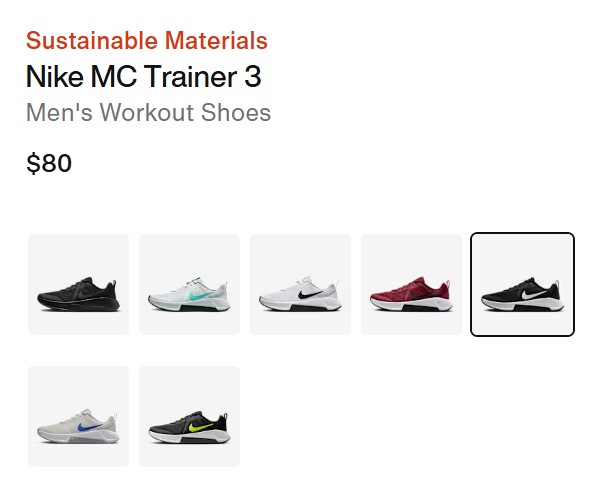
Sizing Notes: Runs slightly small—I recommend going up half a size for optimal comfort
Pros:
- ✅ Outstanding value at 32.4% below average trainer pricing
- ✅ Lightweight design doesn’t drag down performance
- ✅ Adequate stability for moderate lifting (tested up to 455 lbs)
- ✅ Highly breathable for temperature regulation
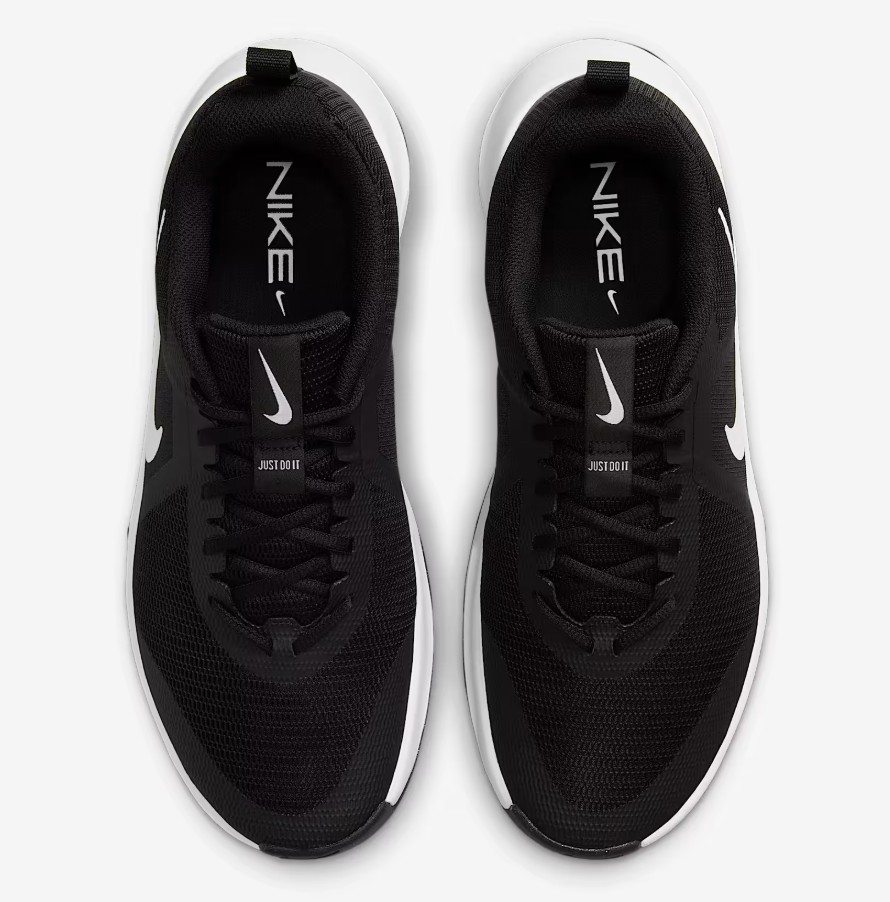
Cons:
- ❌ Narrow midfoot may not suit wide feet
- ❌ Upper material shows wear faster than premium options
- ❌ Outsole grip could be more aggressive on smooth surfaces
Adidas Dropset 3 – Best Cross Training Sneaker for Heavy Lifting
Price: $130 | Weight: 12.1 oz (343g) | Drop: 7.8mm
When serious lifting is your priority, the Dropset 3 stands in a class of its own. I’ve tested this shoe with deadlifts exceeding 545 lbs, and the stability it provides is simply unmatched in the cross training category.
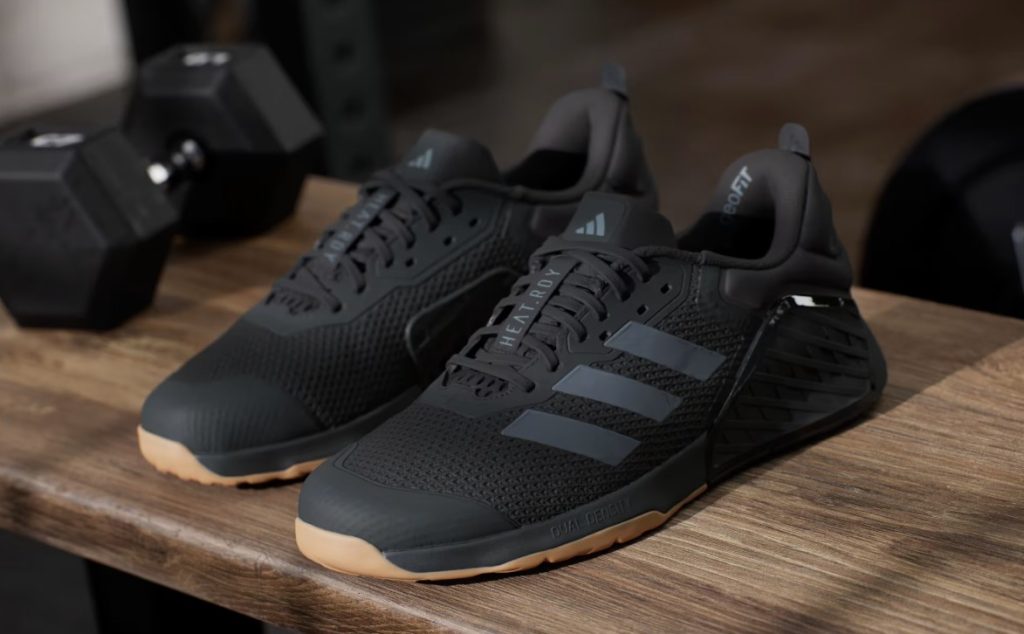
Technical Specifications:
- Heel Stack: 22.6mm
- Forefoot Stack: 14.8mm
- Platform Width: 116.9mm (forefoot) – exceptionally wide for maximum ground contact
- Midsole Composition: Dual-density with 41.0 HA heel foam and 21.5 HA forefoot
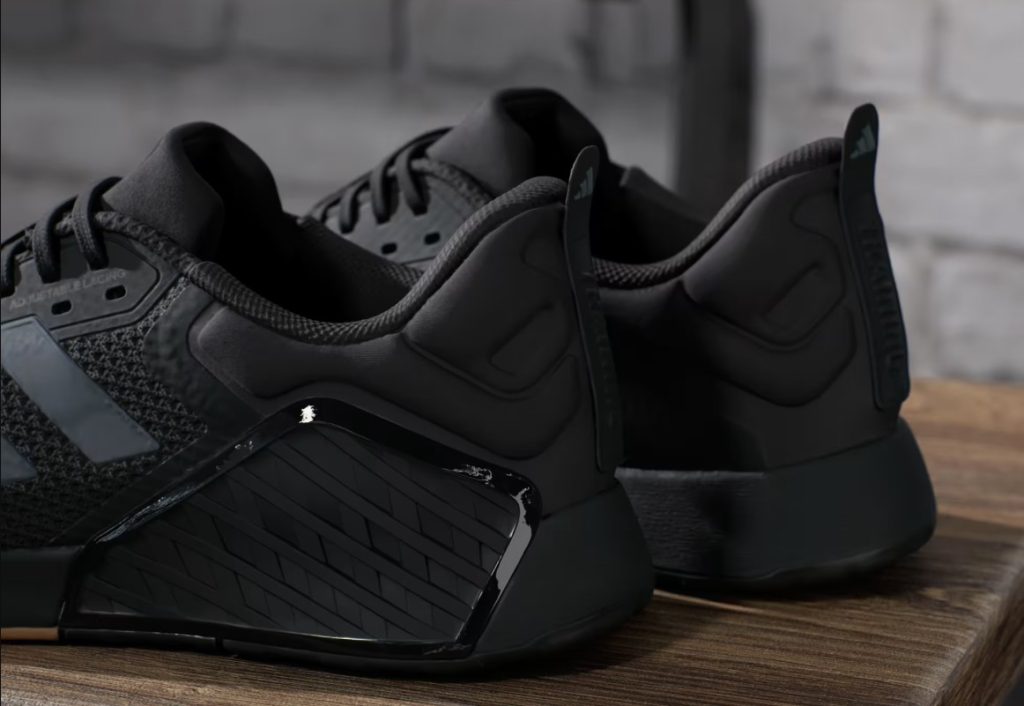
Performance Features:
- GeoFit Sensepods: Anatomical heel pods provide secure lockdown during heavy lifts
- TPU Lateral Wall: Prevents foot rollover and enhances lateral stability
- HEAT.RDY Technology: Advanced ventilation system keeps feet cool during intense sessions
- Strategic Midsole Design: Firm heel for lifting, softer forefoot for dynamic movements
Available Colors: Core Black/Grey Four, Linen Green/Silver Metallic, Alumina/Chalk White, Shadow Olive/Black, and 15+ additional colorways
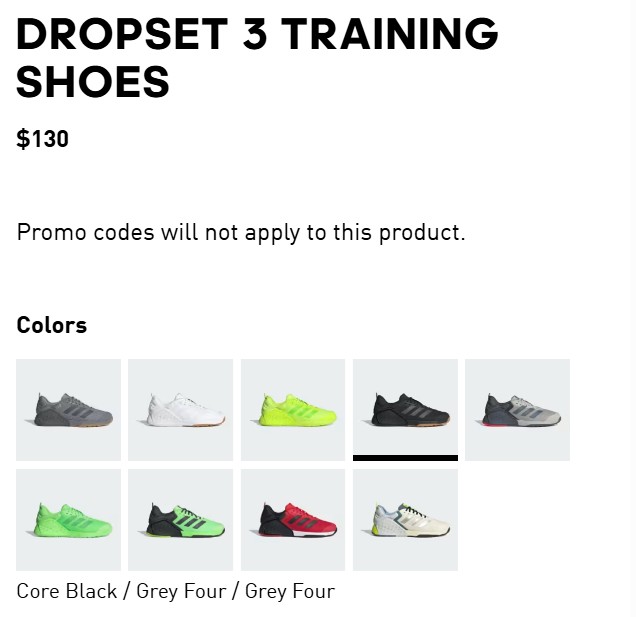
Fit Characteristics: True to size, medium to wide fit accommodates most foot shapes
Pros:
- ✅ Unparalleled stability for heavy compound movements
- ✅ Exceptionally wide platform provides massive ground contact
- ✅ Superior breathability compared to competing models
- ✅ Flexible forefoot allows natural movement during plyometrics
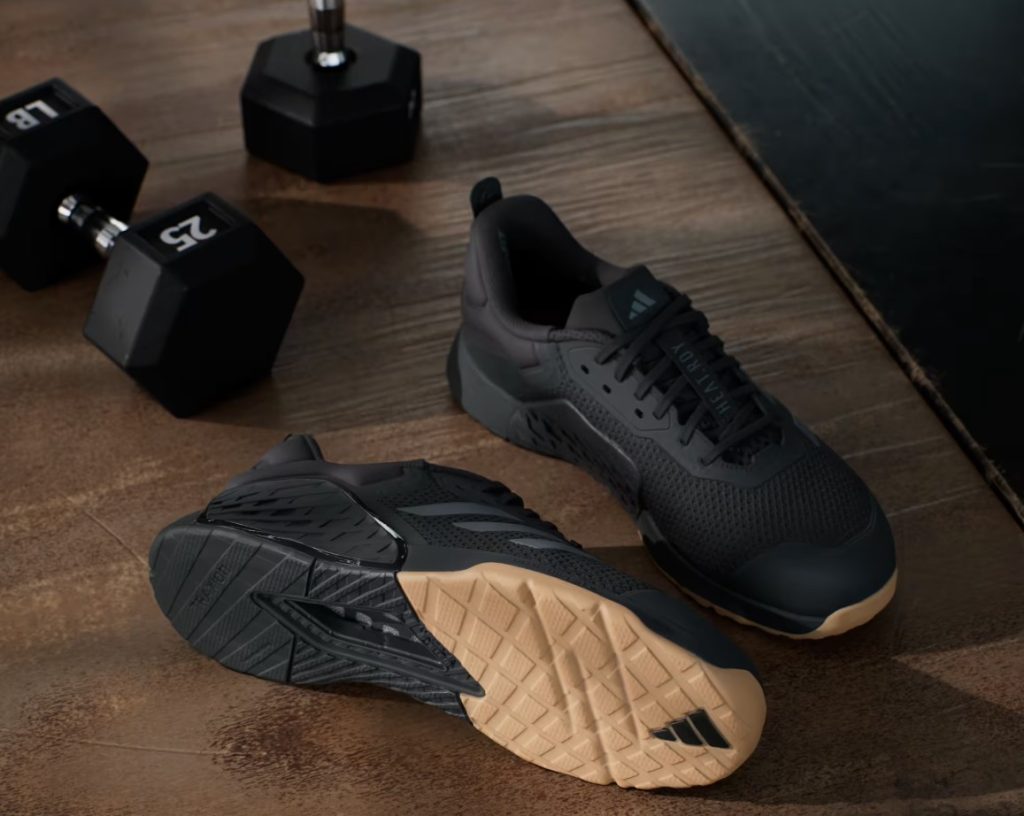
Cons:
- ❌ Not ideal for runs over 800m due to firm construction
- ❌ Midsole cutouts can be problematic in wet conditions
- ❌ May feel too structured for those preferring minimalist shoes
Nike Free Metcon 6 – Best Cross Training Sneaker for HIIT
Price: $120 | Weight: 9.7 oz (274g) | Drop: 7.2mm
The Free Metcon 6 embodies the concept of “barely there” footwear while still providing essential support for varied training. At 10.2% lighter than the average cross trainer, this shoe excels in high-intensity, dynamic workouts where agility is paramount.
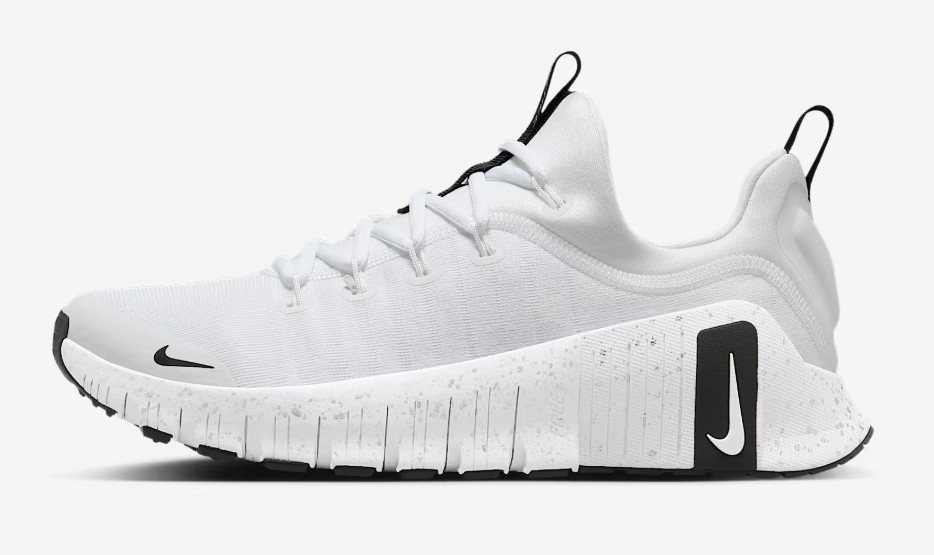
Technical Details:
- Heel Stack: 22.0mm
- Forefoot Stack: 14.8mm
- Flexibility Rating: 75.8% more flexible than average
- Midsole Technology: Dual-density with 27.8 HA heel, 22.5 HA forefoot
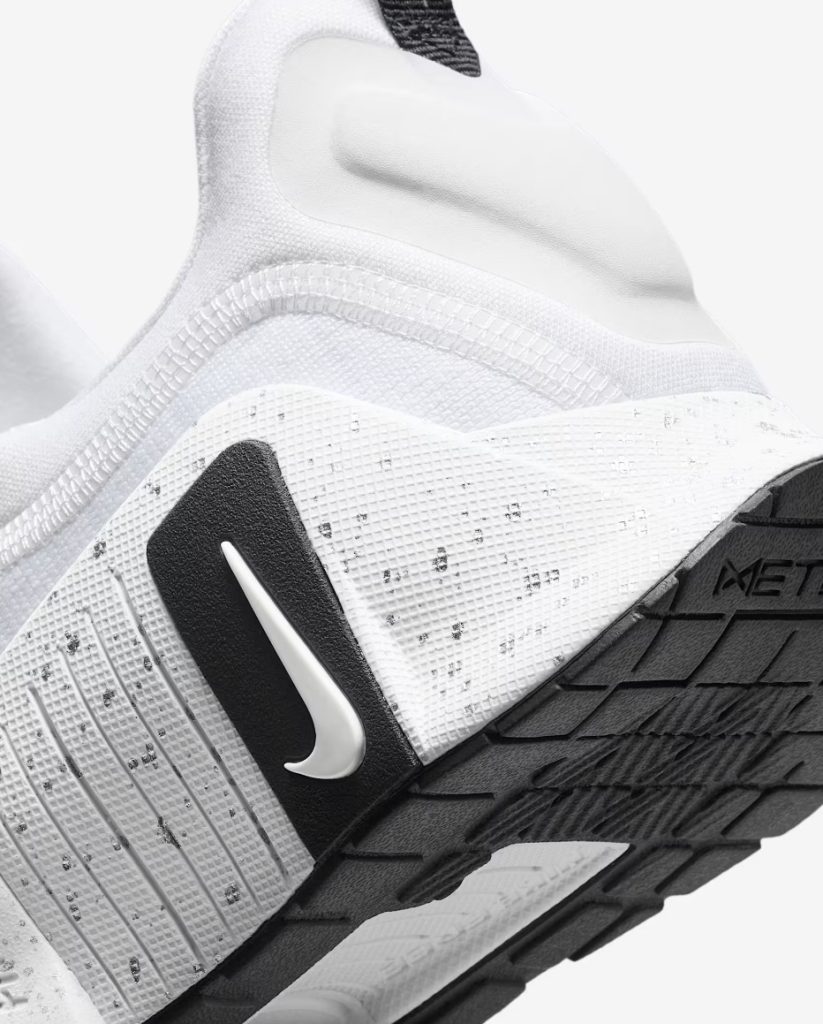
Innovation Highlights:
- Nike Free Technology: Segmented midsole design moves naturally with foot flexion
- Bootie Construction: Sock-like upper provides seamless, comfortable fit
- Strategic Foam Placement: Firmer heel foam maintains lifting stability while softer forefoot enhances responsiveness
- Minimal Heel Counter: Reduces bulk while maintaining essential support
Colorway Selection: Signal Blue/Black/White, Jade Horizon/Vintage Green, Desert Khaki/Black, and 25+ seasonal options
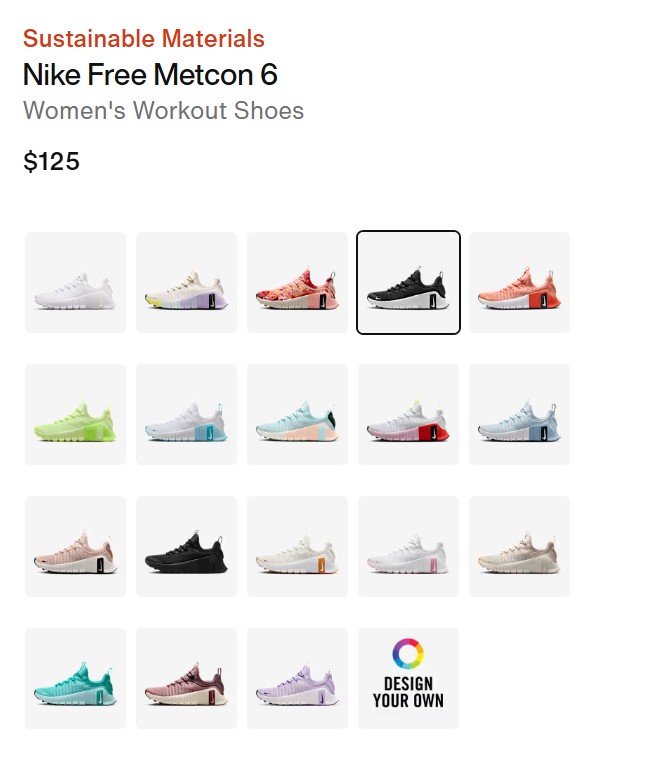
Sizing Recommendation: True to size, though the bootie opening can be narrow for some users
Pros:
- ✅ Ultralight design perfect for agility-focused workouts
- ✅ Exceptional flexibility for natural foot movement
- ✅ Stable enough for moderate lifting sessions
- ✅ Breathable construction prevents overheating
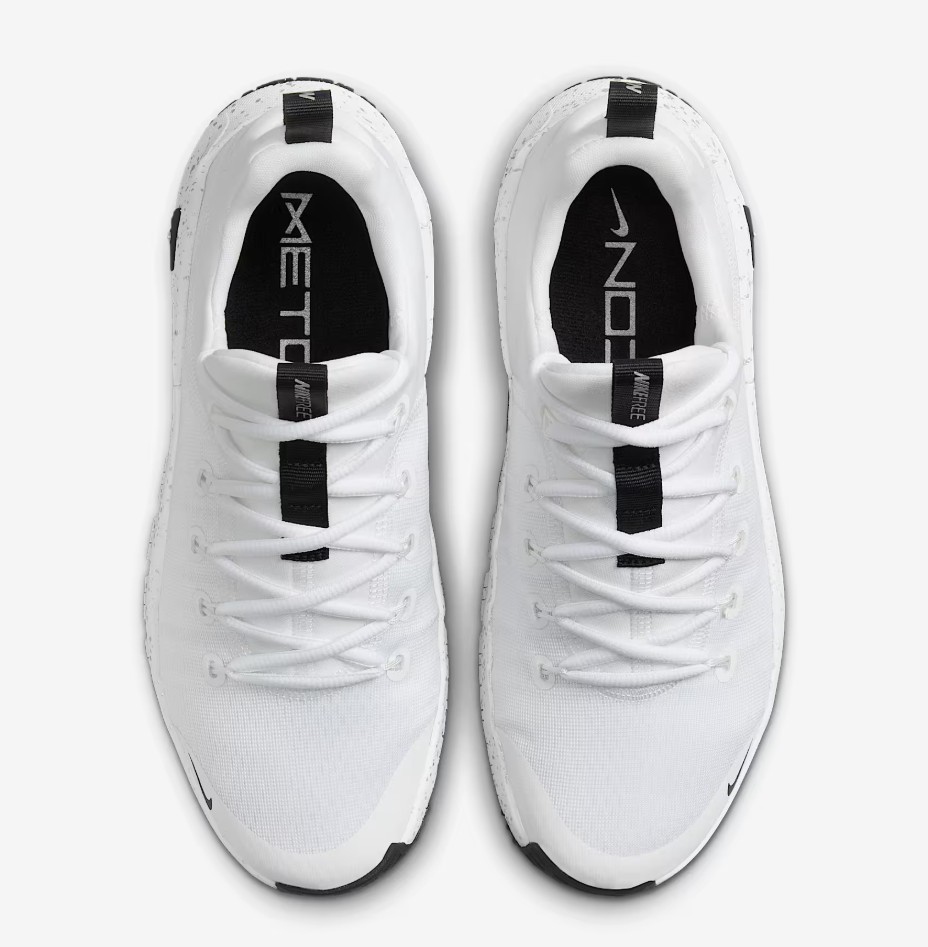
Cons:
- ❌ Limited protection for rope climbs
- ❌ Stack height may feel too low for extended cardio
- ❌ Narrow bootie opening can be challenging for some users
Reebok Nano X4 – Premium Cross Training Excellence
Price: $150(discount price $99.99) | Weight: 11.7 oz (332g) | Drop: 8.6mm
The Nano X4 represents Reebok’s latest evolution in cross training technology. After extensive testing, I can confirm this shoe delivers the versatility that made the Nano series legendary while incorporating modern performance enhancements.
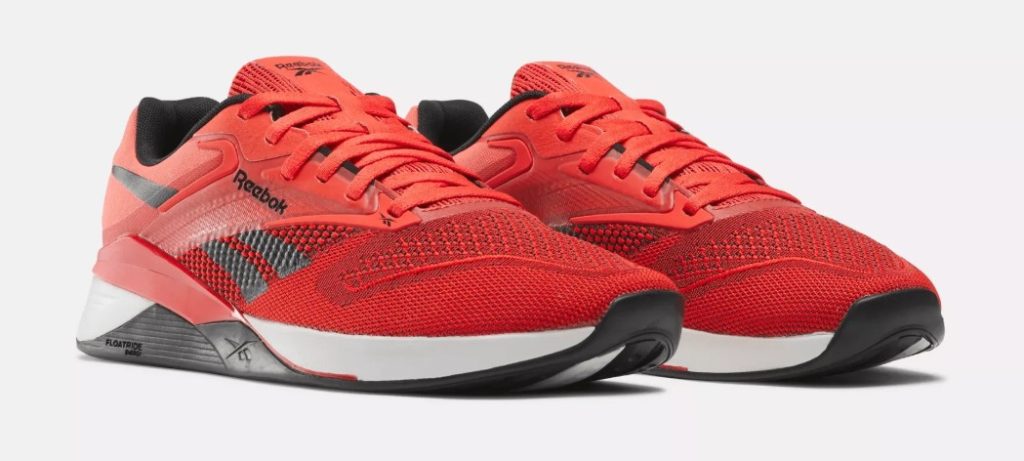
Performance Specifications:
- Heel Stack: 26.0mm
- Forefoot Stack: 17.4mm
- Cushioning System: Dual-density with 27.0 HA heel foam, 30.0 HA main foam
- Flexibility: Requires only 18.5N force to bend to 90 degrees
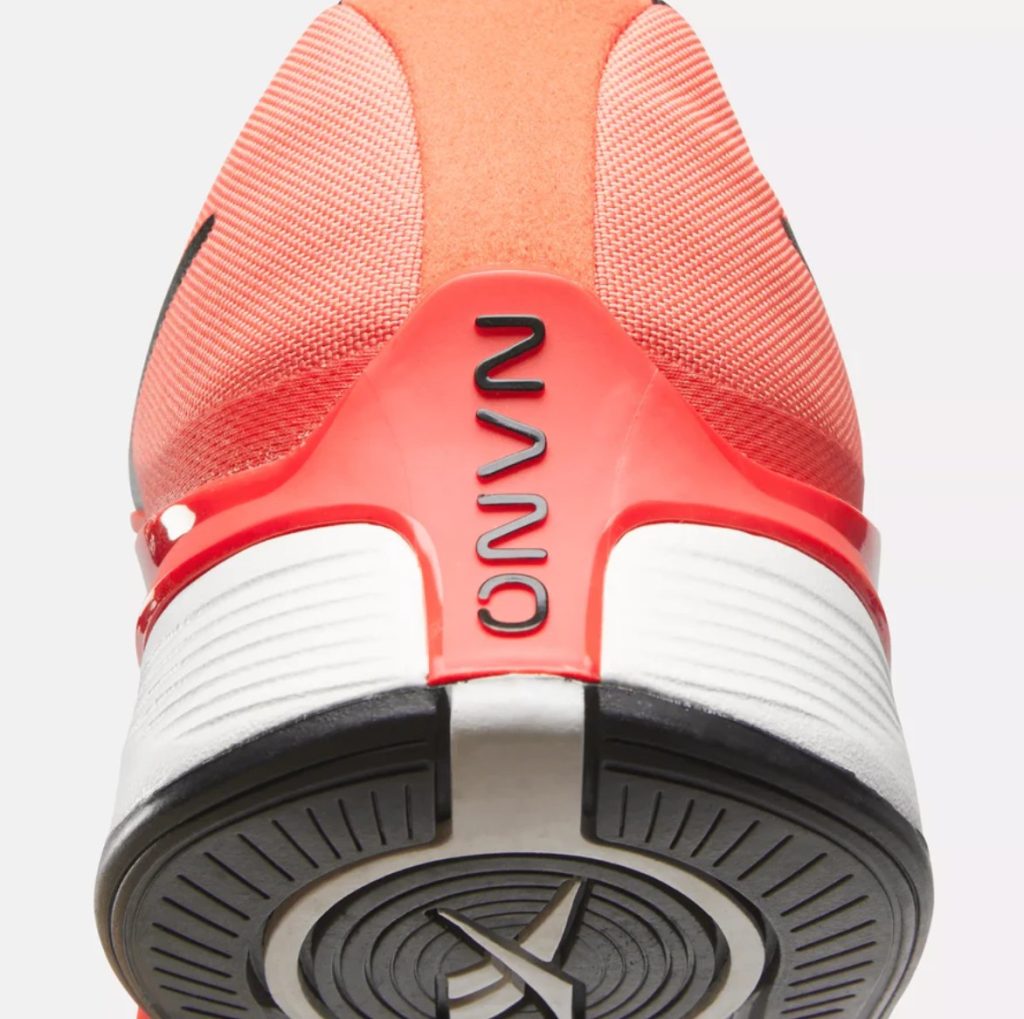
Cutting-Edge Features:
- Lift and Run Chassis: Proprietary technology optimizes performance for both lifting and cardio
- Fully Gusseted Tongue: Finally addresses the tongue-slip issues of previous generations
- Advanced Foam Technology: Softer heel layer provides superior impact protection
- Enhanced Durability: Improved materials resist wear in high-abrasion areas
Style Options: Dynamic Red/Black/Pure Grey, Unleashed Green/Team Teal, Footwear White/Black/Hydro Blue, and multiple seasonal releases
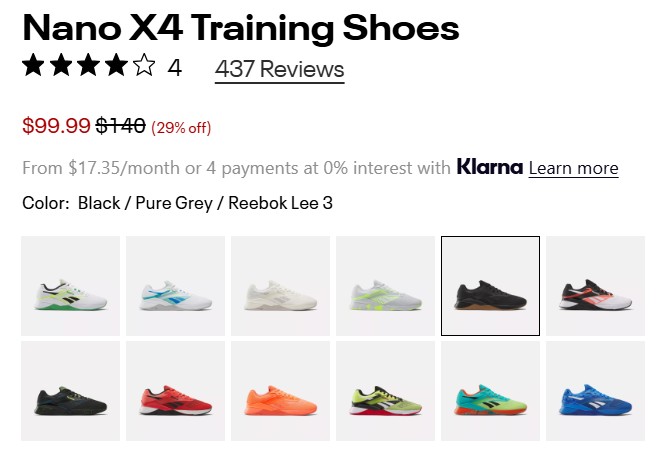
Fit Profile: Runs narrow—wide-footed athletes should consider sizing up or alternative models
Pros:
- ✅ Exceptional balance of cushioning and stability
- ✅ Outstanding durability and wear resistance
- ✅ Secure foot lockdown for confident lifting
- ✅ Lighter than previous Nano generations
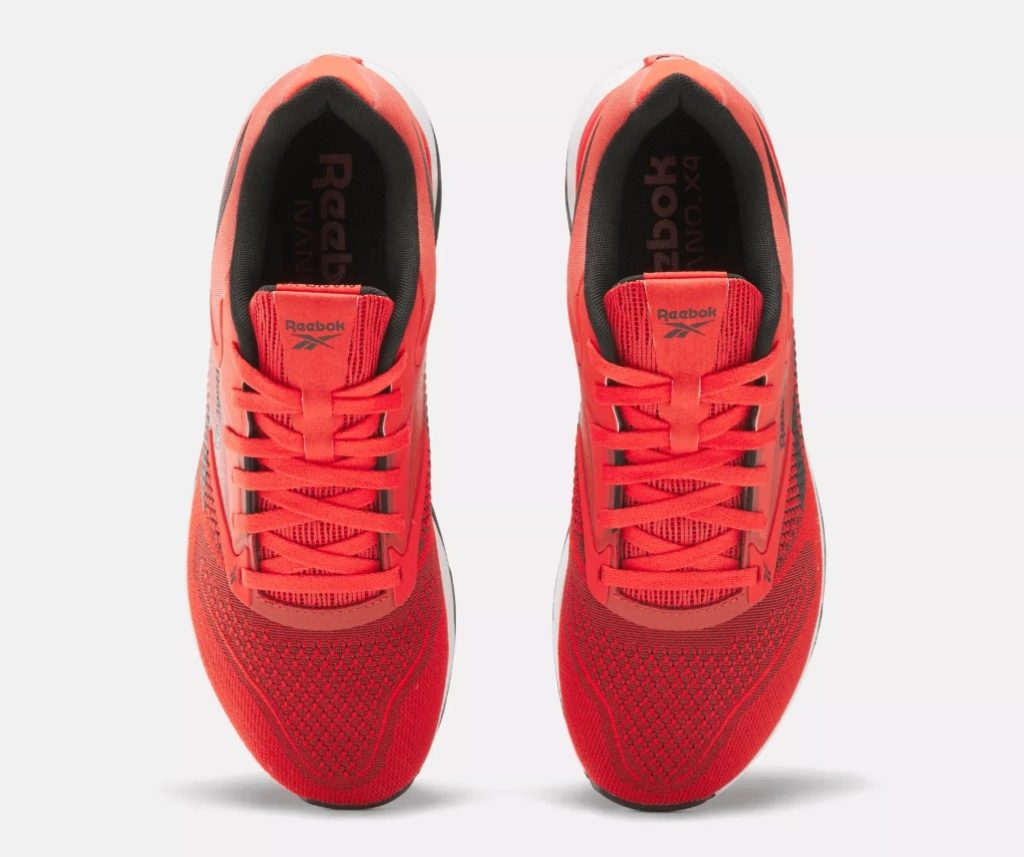
Cons:
- ❌Narrow fit may not accommodate wide feet
- ❌Premium pricing puts it out of reach for some budgets
- ❌Limited suitability for very heavy lifting (300+ lbs)
How to Choose the Best Cross Training Sneakers
Beyond specific models, understanding the core principles of cross training shoe design will empower you to make an informed decision. Let’s break down the essential factors.
Understanding Key Technical Specifications
When evaluating cross training shoes, certain technical specs are crucial. Knowing these details will help you decipher which shoes offer the precise support and performance you need for your workouts.
- Heel-to-Toe Drop: This measurement indicates the height difference between your heel and forefoot. Cross training shoes typically feature 4-8mm drops, providing stability for lifting while maintaining enough cushioning for dynamic movements.
- Midsole Density: Measured in Shore A durometer (HA), this determines firmness:
- Soft (20 HA or less): Better for high-impact activities
- Balanced (20-30 HA): Versatile for mixed training
- Firm (30+ HA): Optimal for heavy lifting
- Platform Width: Wider platforms enhance stability during lateral movements and heavy lifts. Look for 110mm+ forefoot measurements for optimal ground contact.
Matching Shoes to Your Training Style
Your training routine should dictate your shoe choice. Different shoes excel in different scenarios.
- CrossFit Athletes: Prioritize versatility and durability. The Nike Metcon 9 or Reebok Nano X4 excel across varied WOD demands.
- Serious Lifters: Focus on stability and firm platforms. The Adidas Dropset 3 provides unmatched support for heavy compounds.
- HIIT Enthusiasts: Emphasize lightweight construction and flexibility. The Nike Free Metcon 6 offers ideal agility for dynamic workouts.
- Budget-Conscious Athletes: The Nike MC Trainer 3 proves you don’t need to spend big for quality performance.
Sizing and Fit Considerations
A proper fit is paramount for comfort and injury prevention. Don’t overlook these critical aspects when trying on new shoes.
Most cross training shoes run true to size, but individual models may vary. Here’s my sizing advice based on extensive testing:
- Nike Metcon 9: True to size, accommodates wider feet
- MC Trainer 3: Size up half a size for optimal comfort
- Adidas Dropset 3: True to size, medium to wide fit
- Free Metcon 6: True to size, but narrow bootie opening
- Nano X4: Runs narrow—wide-footed athletes should size up
Always try shoes on during afternoon hours when feet are naturally more swollen, mimicking post-workout conditions.
FAQs About Cross Training Sneakers
What makes cross training shoes different from running shoes?
Cross training shoes feature firmer midsoles, wider platforms, and enhanced lateral support compared to running shoes. While running shoes prioritize forward motion and cushioning, cross trainers must handle multi-directional movements, jumping, and the stable base required for weightlifting. The dual-density midsoles in quality cross trainers provide lifting stability while maintaining enough cushioning for high-impact movements.
How long should cross training shoes last?
With regular use (3-4 workouts per week), quality cross training shoes typically last 8-12 months. However, lifespan varies significantly based on your training intensity, body weight, and exercise types. Heavy lifting and rope climbing accelerate wear, while primarily bodyweight workouts extend shoe life. Replace your shoes when you notice decreased stability, worn tread patterns, or compressed midsole foam.
Can I use cross training shoes for running?
Cross training shoes work well for short runs (1-3 miles) and treadmill sessions, but they’re not optimal for longer distances. The firmer midsoles that provide lifting stability can cause discomfort during extended running. If running comprises a significant portion of your training, consider dedicated running shoes for longer sessions while using cross trainers for gym workouts.
Are expensive cross training shoes worth the investment?
Premium cross training shoes often justify their cost through superior materials, advanced technologies, and enhanced durability. However, budget options like the Nike MC Trainer 3 prove excellent performance doesn’t require premium pricing. Consider your training frequency, intensity, and specific needs when deciding. Serious athletes training daily benefit from premium features, while casual exercisers may find mid-range options perfectly adequate.
How do I know if my cross training shoes fit properly?
Proper-fitting cross training shoes should provide about a thumb’s width of space beyond your longest toe, secure heel lockdown without slippage, and room for natural toe splay during lifting movements. The shoe should feel snug but not tight, with no pressure points or rubbing. Test shoes during afternoon hours and simulate your typical training movements to ensure comfort across your full range of motion.
Should I choose shoes based on my foot width?
Absolutely. Foot width significantly impacts comfort and performance. Narrow feet perform best in shoes like the Reebok Nano X4 or Free Metcon 6, while wider feet benefit from the Adidas Dropset 3 or Nike Metcon 9’s accommodating toe box. Many brands offer width-specific options, so don’t hesitate to explore 2E (wide) or 4E (extra wide) versions if standard widths feel restrictive.
Making Your Final Decision: Choose Your Perfect Cross Training Companion
Ultimately, choosing the best cross training shoes comes down to your personal training goals, foot shape, and budget. My extensive testing confirms that each top pick excels for specific needs: Nike Metcon 9 for all-around versatility, Nike MC Trainer 3 for outstanding value, Adidas Dropset 3 for heavy lifting stability, and Nike Free Metcon 6 for agile HIIT workouts.
The right pair of cross trainers should feel like a natural extension of your feet, empowering your heaviest lifts and most dynamic movements. Don’t compromise on this crucial gear.
Ready to find your perfect training partner and elevate your fitness? Contact me on WhatsApp today for personalized recommendations and insider tips! Let’s get you in the right shoes to conquer your goals.

You Might Also Like:


